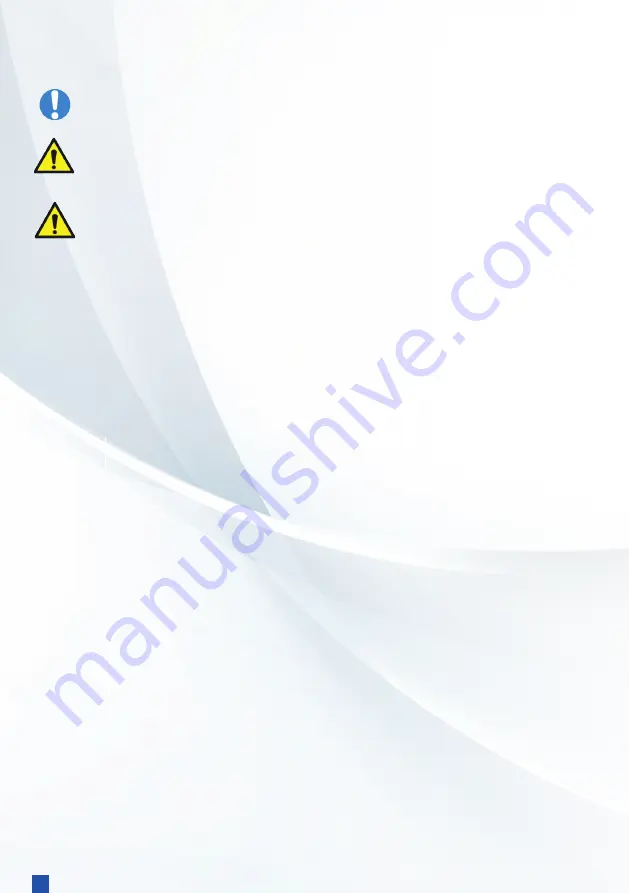
4. Commissioning
Commissioning should not be undertaken until this document has been fully
read and understood.
Adequate provision should be made to ensure that correct operating/service
equipment along with personal protection (PPE) in accordance with current
standards/legislation is used prior to the commencement of any work.
Cooling water should be introduced to the cooler prior to the introduction of
hot charge air.
The water circuit should be vented initially and again when operating
temperatures and pressures are reached. The system should be checked for
leaks.
Copper-nickel alloys have a very good resistance to seawater corrosion due to the
formation of a thin protective film on the surface of the metal. This film starts to
develop over the first few days after the metal has been in contact with “clean,
oxygenated seawater, and requires a further 3 months to develop fully. This is the most
important part of the process to ensure long term corrosion resistance behaviour of
copper nickel. The protective surface film of cuprous oxide is indicated by either a
brown, greenish brown or blackish brown thin film layer. The process of ensuring that
copper alloy receives an effective oxide coating prior to service is known as
“conditioning” which is a very important stage for the alloy. Ferrous sulphate can be
used if commissioning in clean sea water is not possible. Schedule cleaning may help
to reduce the risk possibly with non-metallic brushes. Please refer to Copper Alliance
webpage for more information: www.copper.org.
5. Maintenance / Repair
5.1 Winter shutdown in areas exposed to frost
Care should be taken to prevent frost damage from a winter shutdown in conditions exposed
to frost. We recommend fully draining the cooler on the water side or removing the cooler
completely from the installation throughout the duration of the shutdown period.
There is a drain plug on one of the end covers for this purpose.
5.2 General maintenance
While the unit is in operation, weekly inspection of the cooler and its connections should be
made for leaks and externally visible damage.
BOWMAN® recommend that the tubestack should be cleaned and inspected annually
and the O seals renewed at this time.
Removal of the screws around the periphery of each end cover will allow the end covers
and seals to be removed. The tubestack can then be withdrawn from either end of the body.
2
8
Take Care
Danger





























